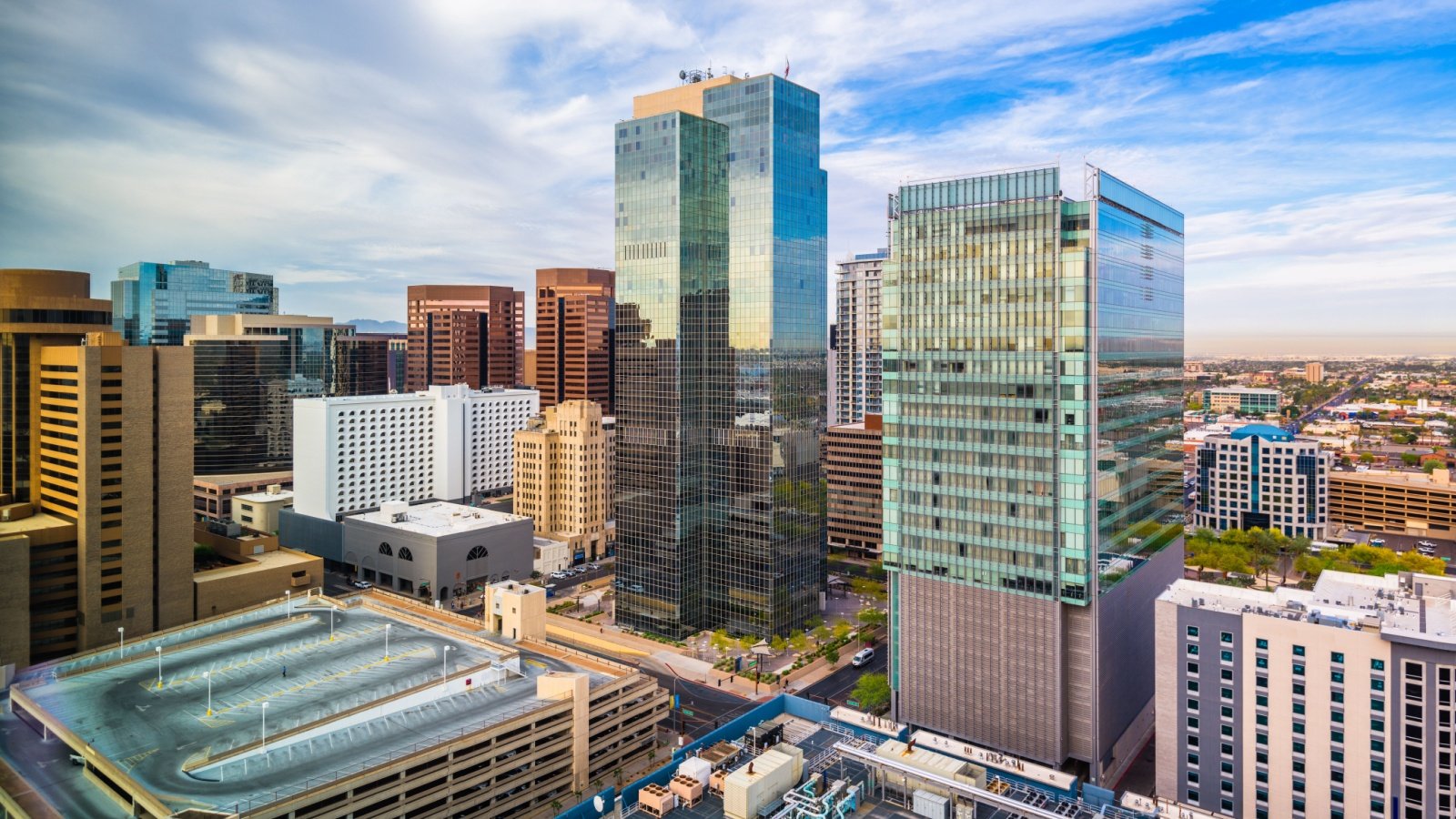In recent years, several American states have faced a concerning decline, with economic downturns and environmental degradation hurting the quality of life. Once-thriving communities now struggle with rising costs, worsening infrastructure, and social issues. Let’s look at the states that are worse off now than they were twenty years ago.
California
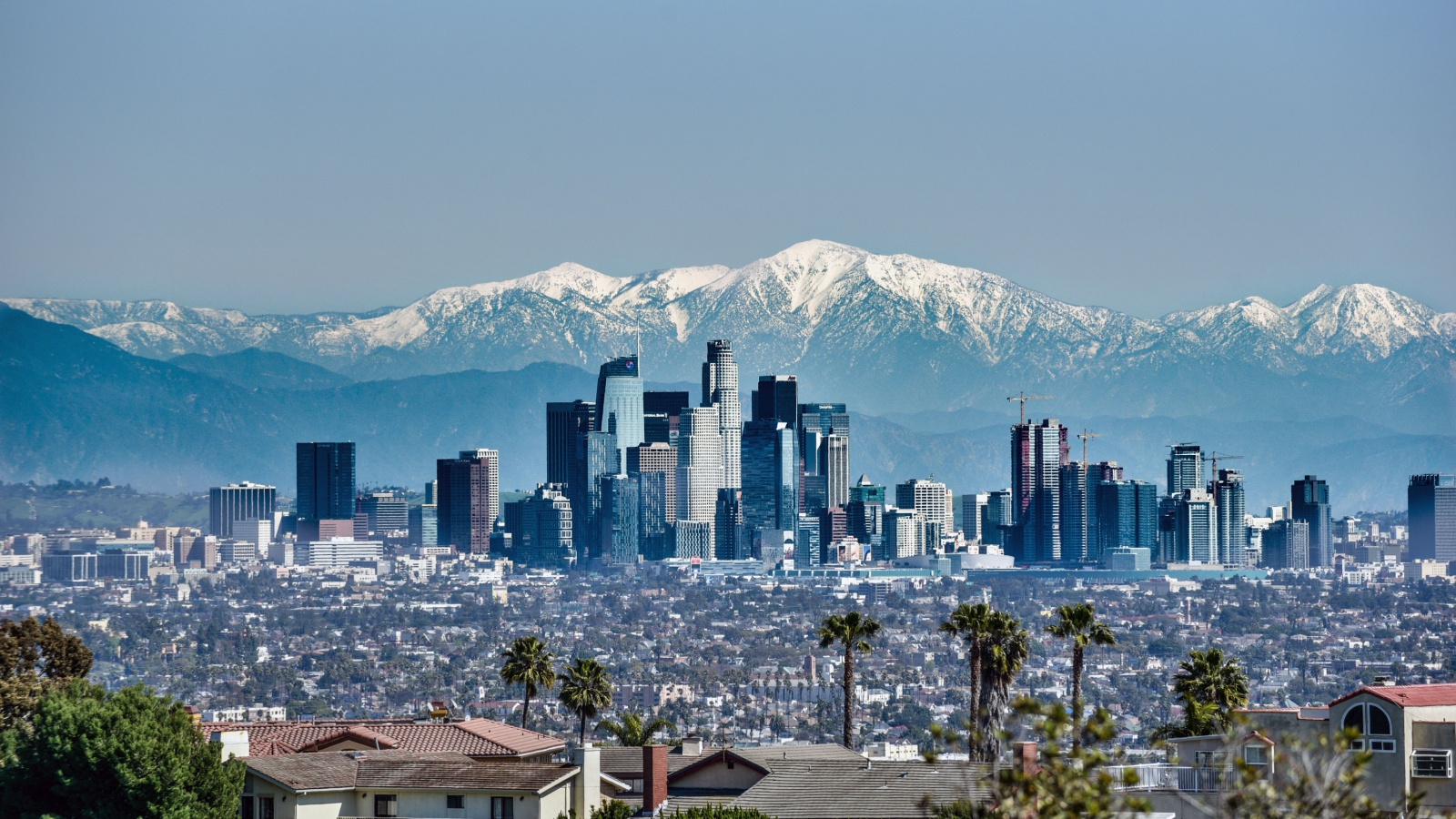
California has experienced an astronomical rise in the cost of living in cities like San Francisco and Los Angeles. Housing prices have skyrocketed, making it difficult for average families to afford homes and leading to an increase in homelessness and a widening economic gap.
Louisiana
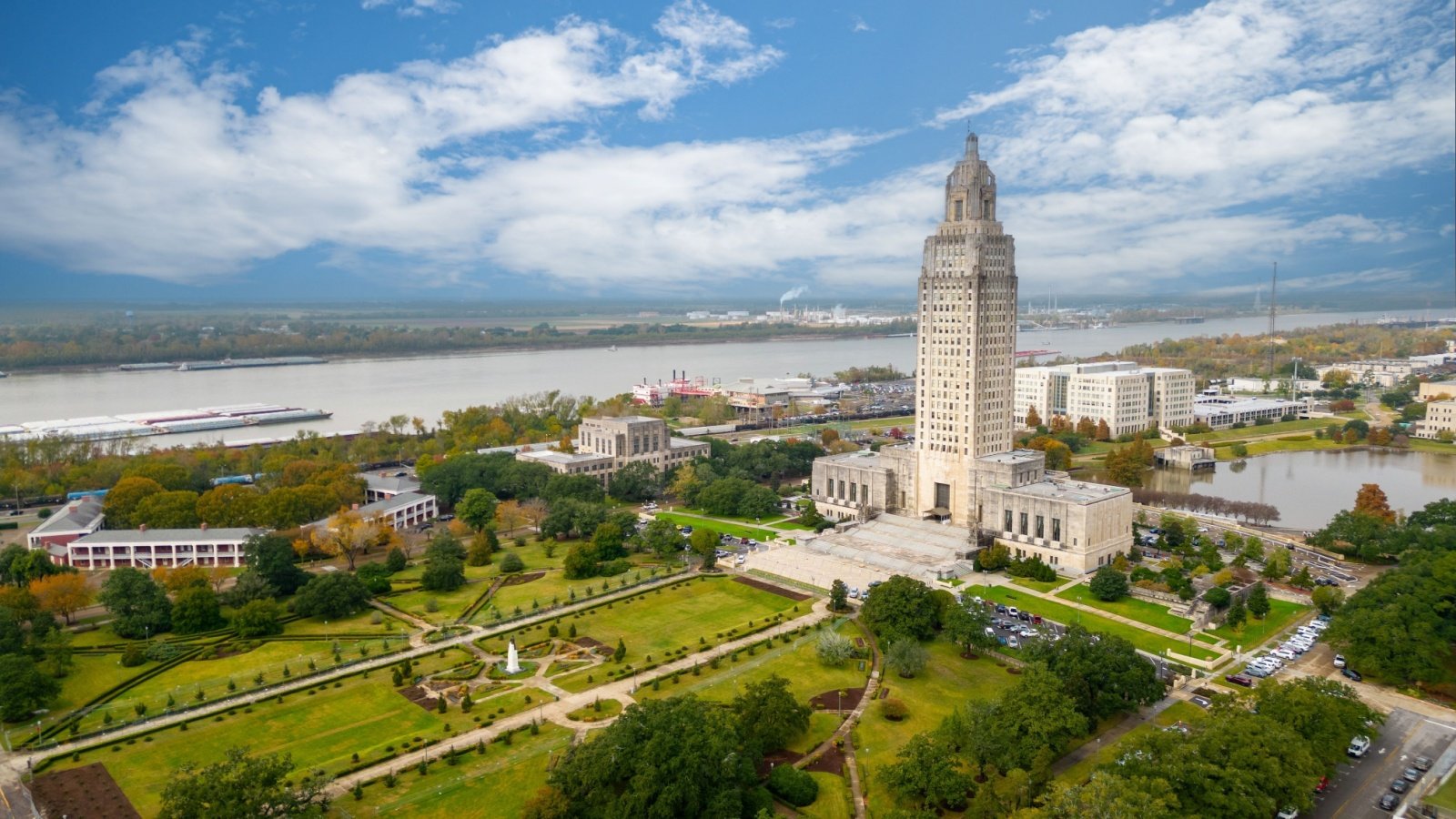
Louisiana has been hit harder by natural disasters over the past 20 years, with hurricanes becoming more frequent and severe. Hurricanes Katrina and Ida are prime examples of the devastating impact these storms have had. The state’s infrastructure is still struggling to recover.
Michigan

The water crisis in Flint, Michigan, which began in 2014, remains unresolved and has left lasting damage. Lead contamination has had severe health impacts on residents, particularly children. Trust in local government has eroded as solutions remain elusive.
West Virginia
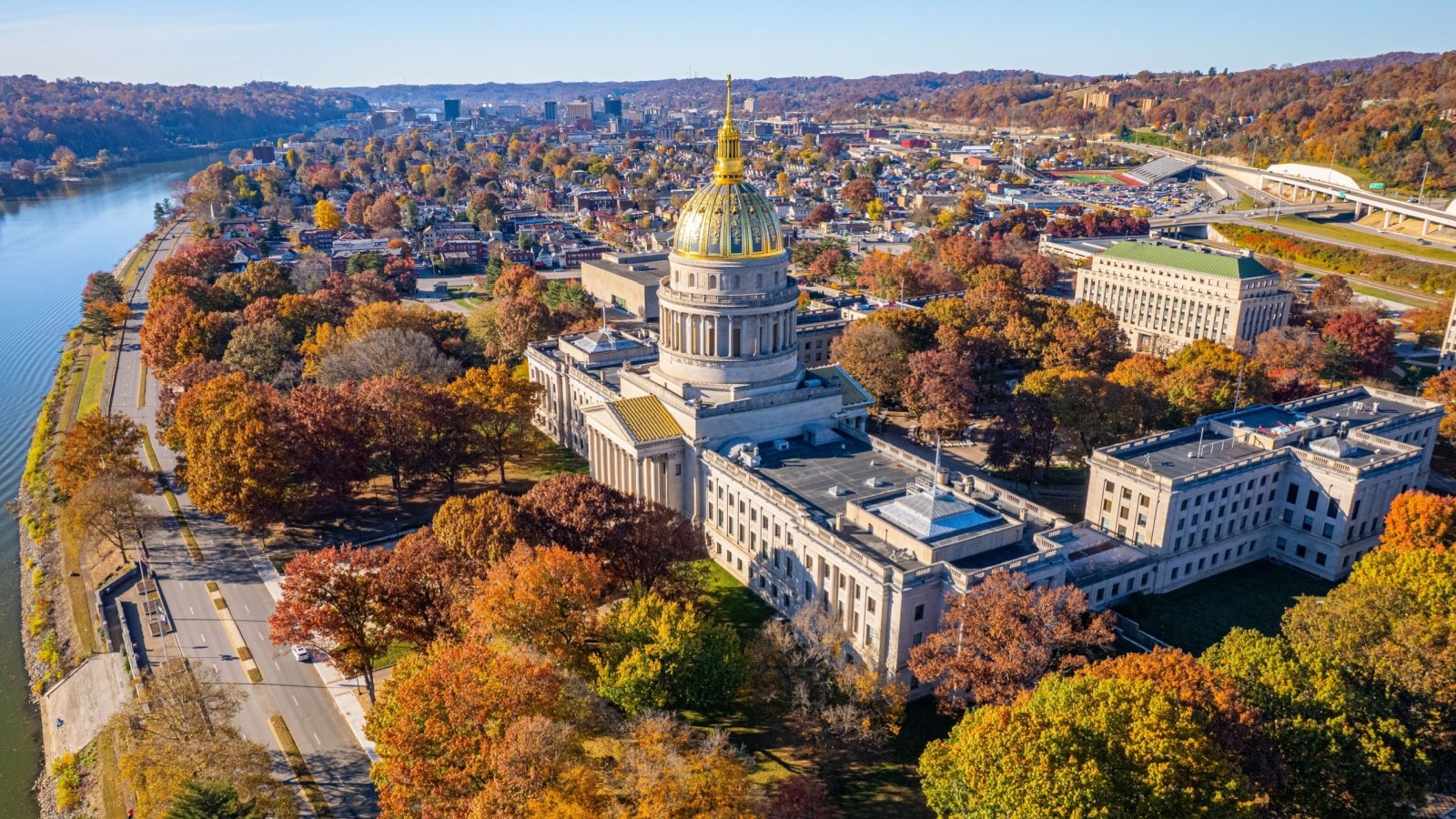
West Virginia has faced a continuous economic decline as coal mining jobs have disappeared. The transition away from coal has not been matched by new job opportunities, leading to widespread poverty. Efforts to diversify the economy have been slow and largely ineffective.
Texas
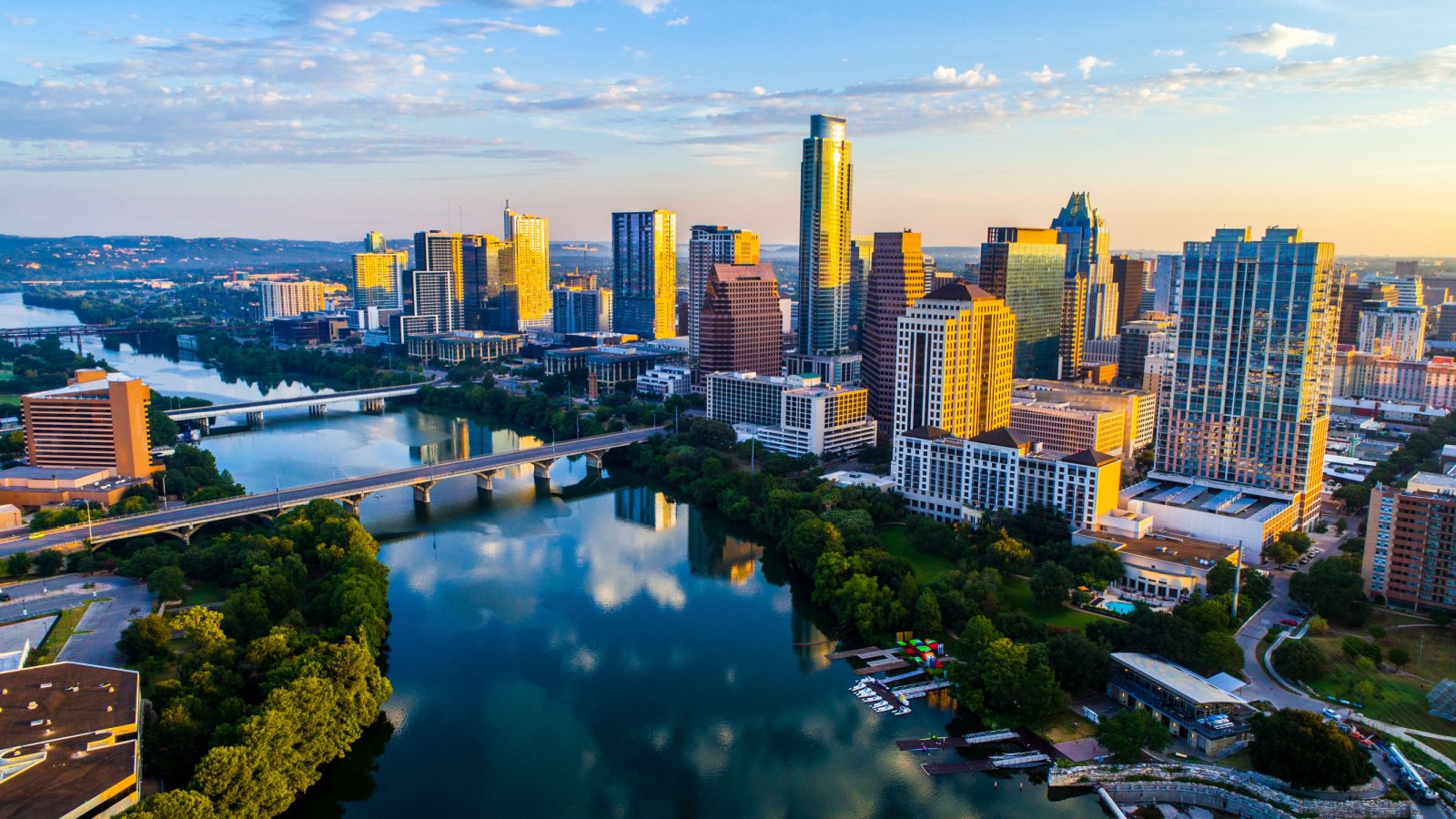
Texas cities like Austin and Houston have seen traffic congestion worsen dramatically. Rapid population growth has outpaced infrastructure development, leading to longer commutes. Residents face increased stress and decreased productivity as a result.
New York

New York has seen a substantial increase in homelessness, particularly in New York City. The lack of affordable housing and adequate social services has exacerbated the problem. Shelters are overcrowded, and many individuals are forced to live on the streets.
Mississippi
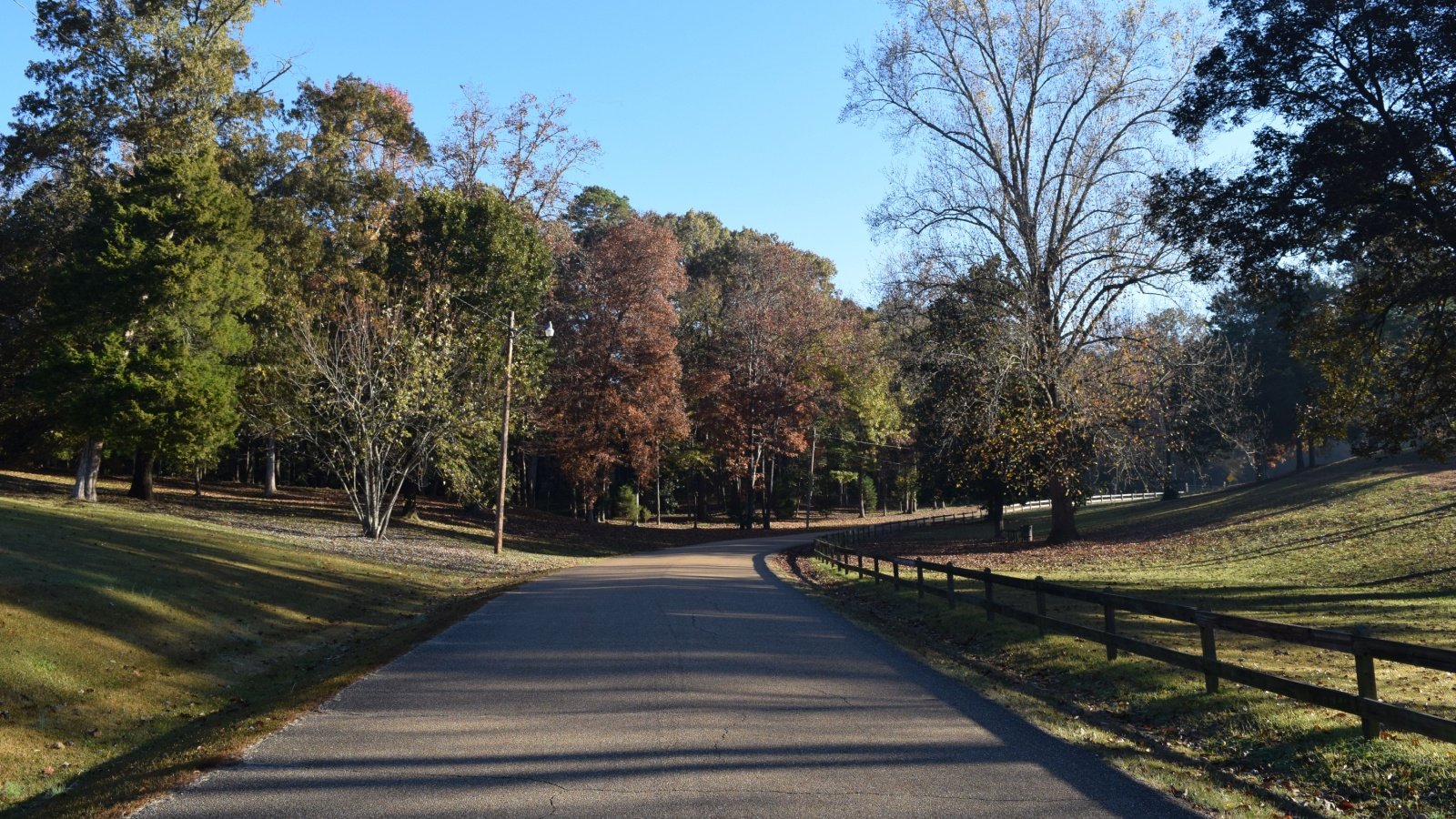
Mississippi’s public education system has deteriorated, with funding cuts leading to poorer outcomes. Test scores have dropped, and graduation rates have stagnated. The state struggles to attract and retain qualified teachers.
Ohio
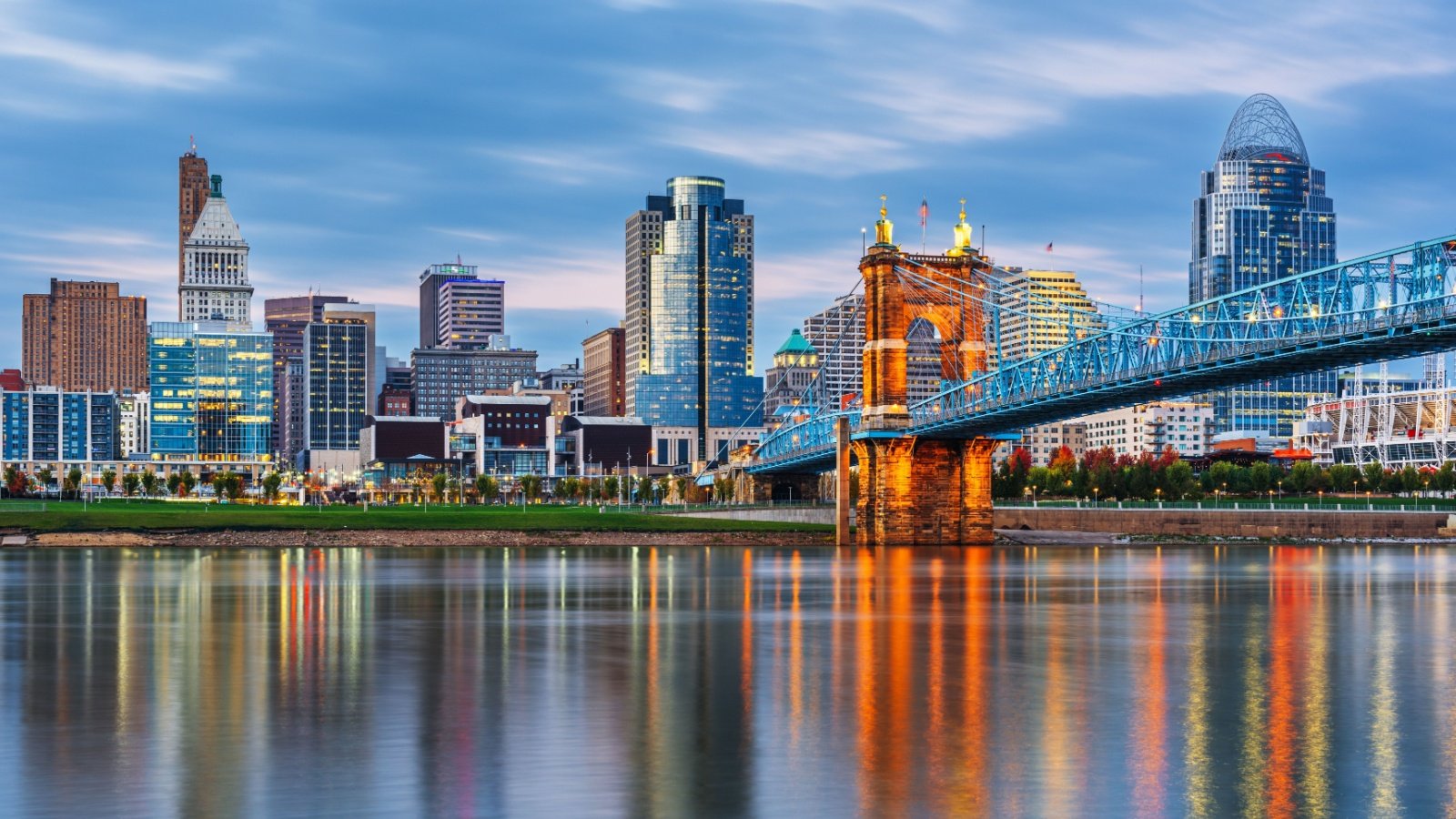
Ohio has been severely impacted by the opioid crisis, with overdose deaths reaching epidemic levels. Communities are grappling with the social and economic fallout of widespread addiction. Efforts to combat the crisis have been met with limited success.
Pennsylvania
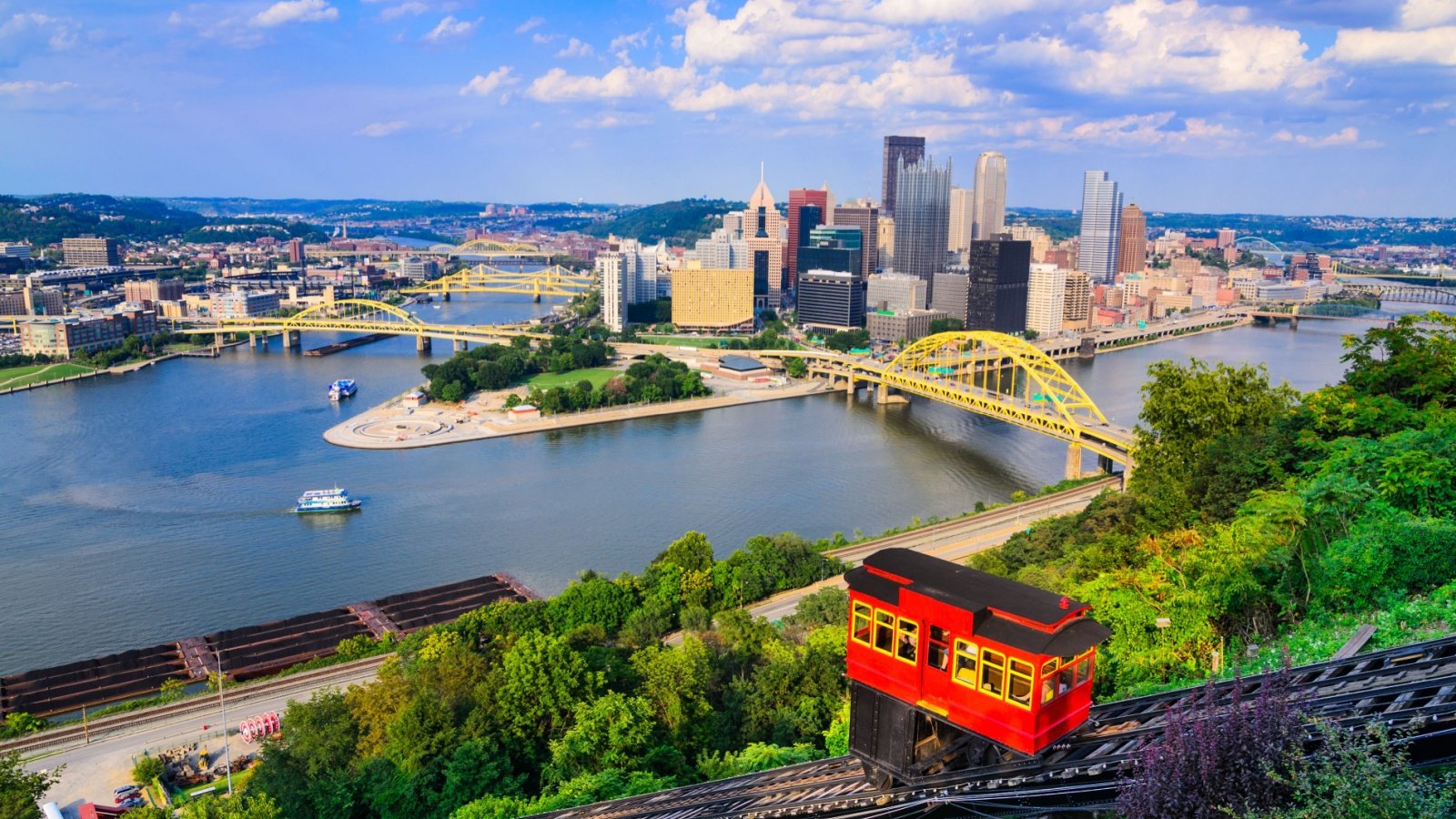
Pennsylvania’s infrastructure has seen significant deterioration, particularly its roads and bridges. Many structures are now rated as structurally deficient, posing safety risks. The state faces a massive funding shortfall to address these critical needs.
Alabama
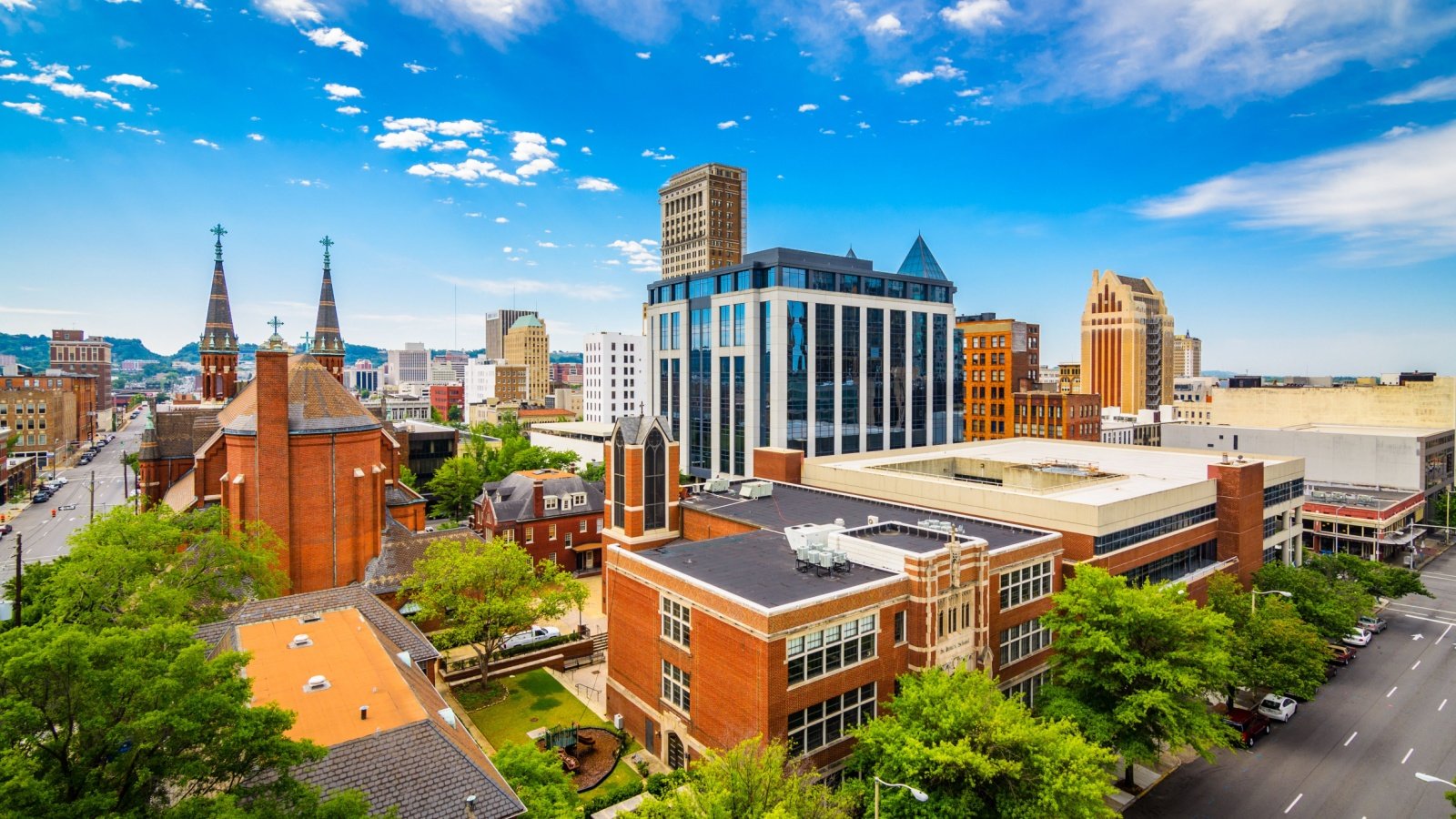
Rural areas in Alabama have seen a decline in healthcare access as hospitals and clinics close. Residents often have to travel long distances for medical care, leading to worse health outcomes. The shortage of healthcare professionals further exacerbates the issue.
Alaska
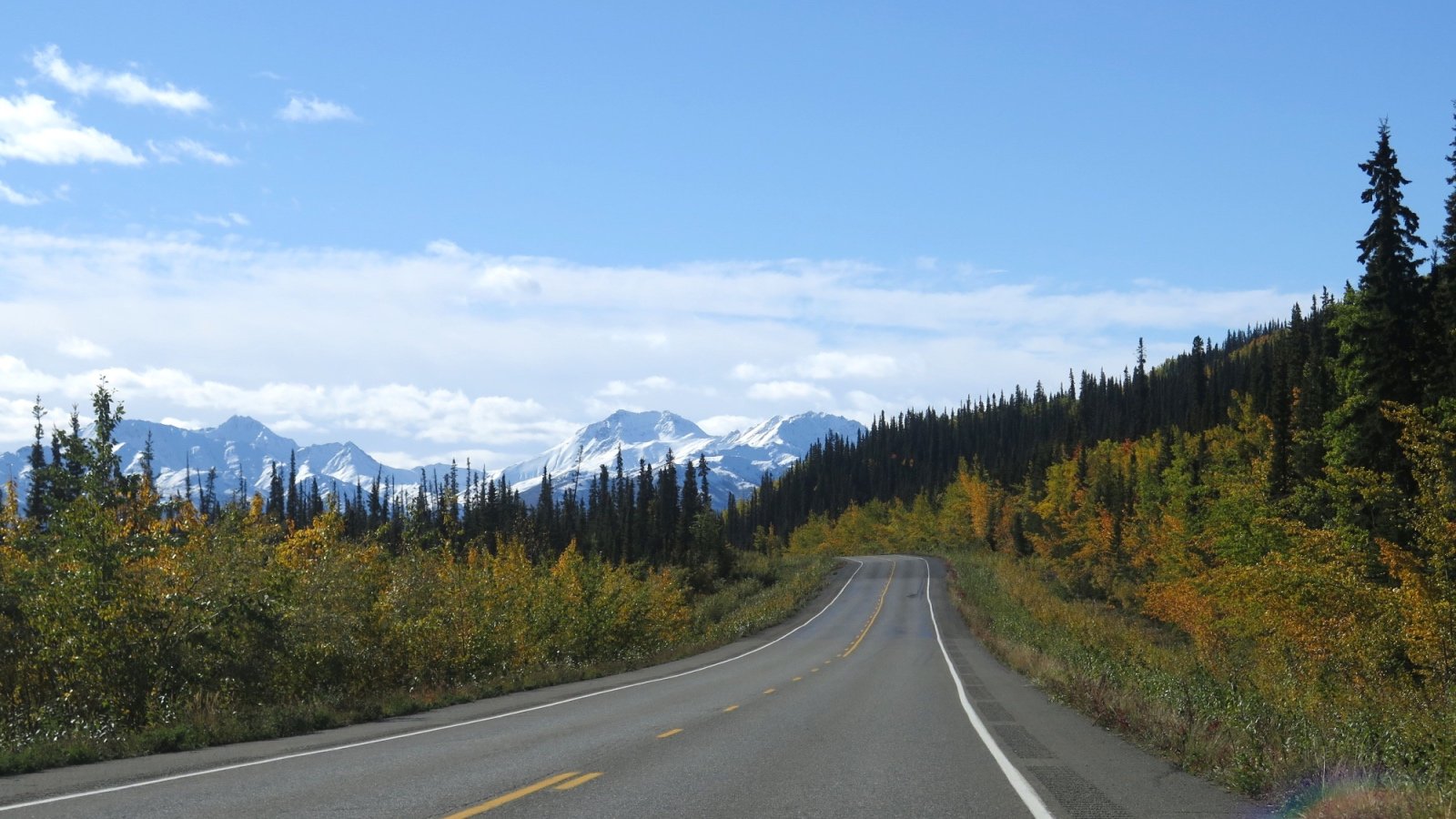
Alaska has faced significant environmental degradation due to increased oil drilling and climate change. Melting permafrost and shrinking glaciers are just two visible effects. The state’s natural beauty and ecosystems are under threat.
New Jersey
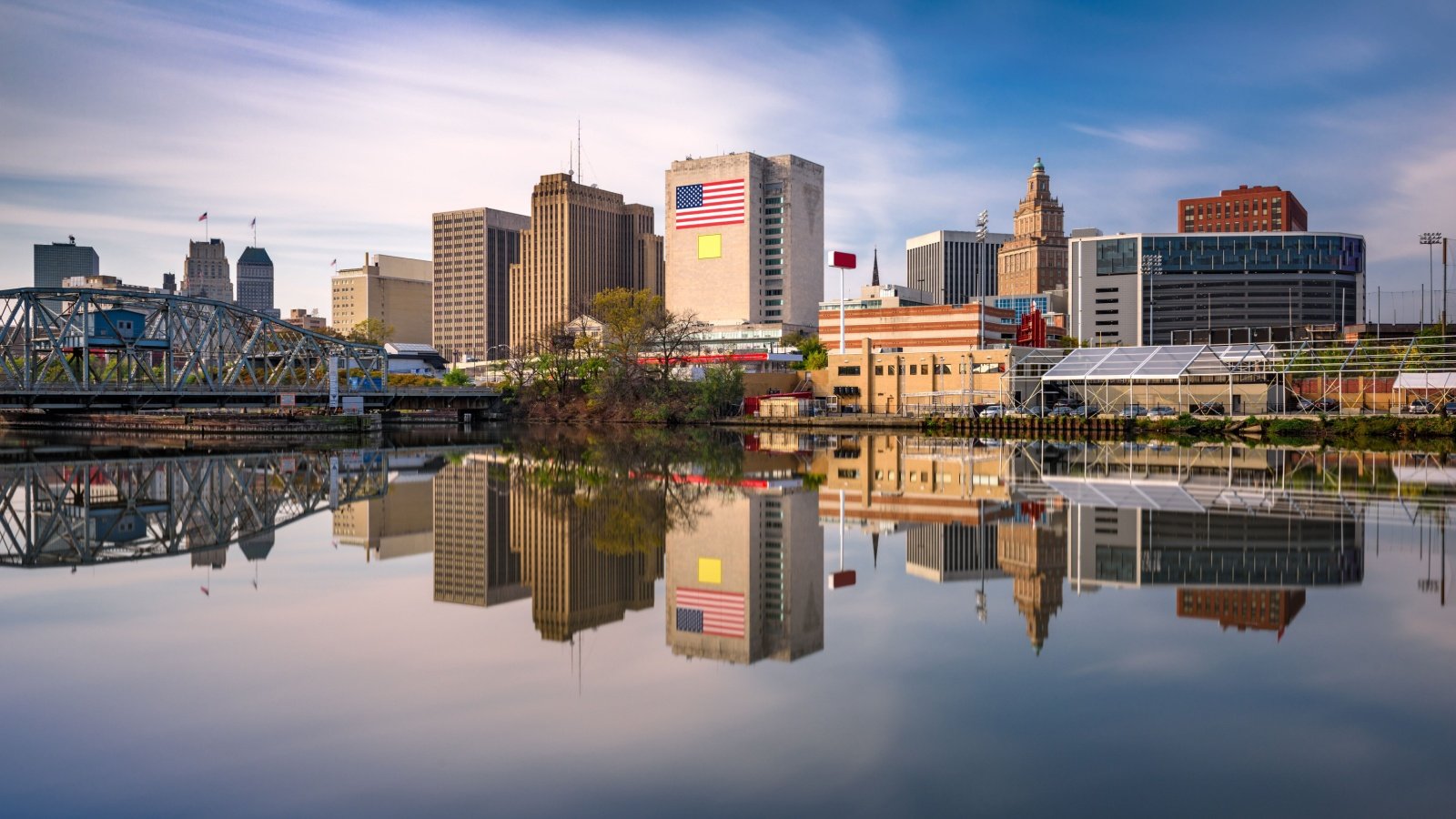
Economic inequality in New Jersey has widened, with a stark divide between affluent and struggling communities. High property taxes and living costs have placed a heavy burden on lower-income residents. Efforts to address inequality have had limited impact.
Iowa
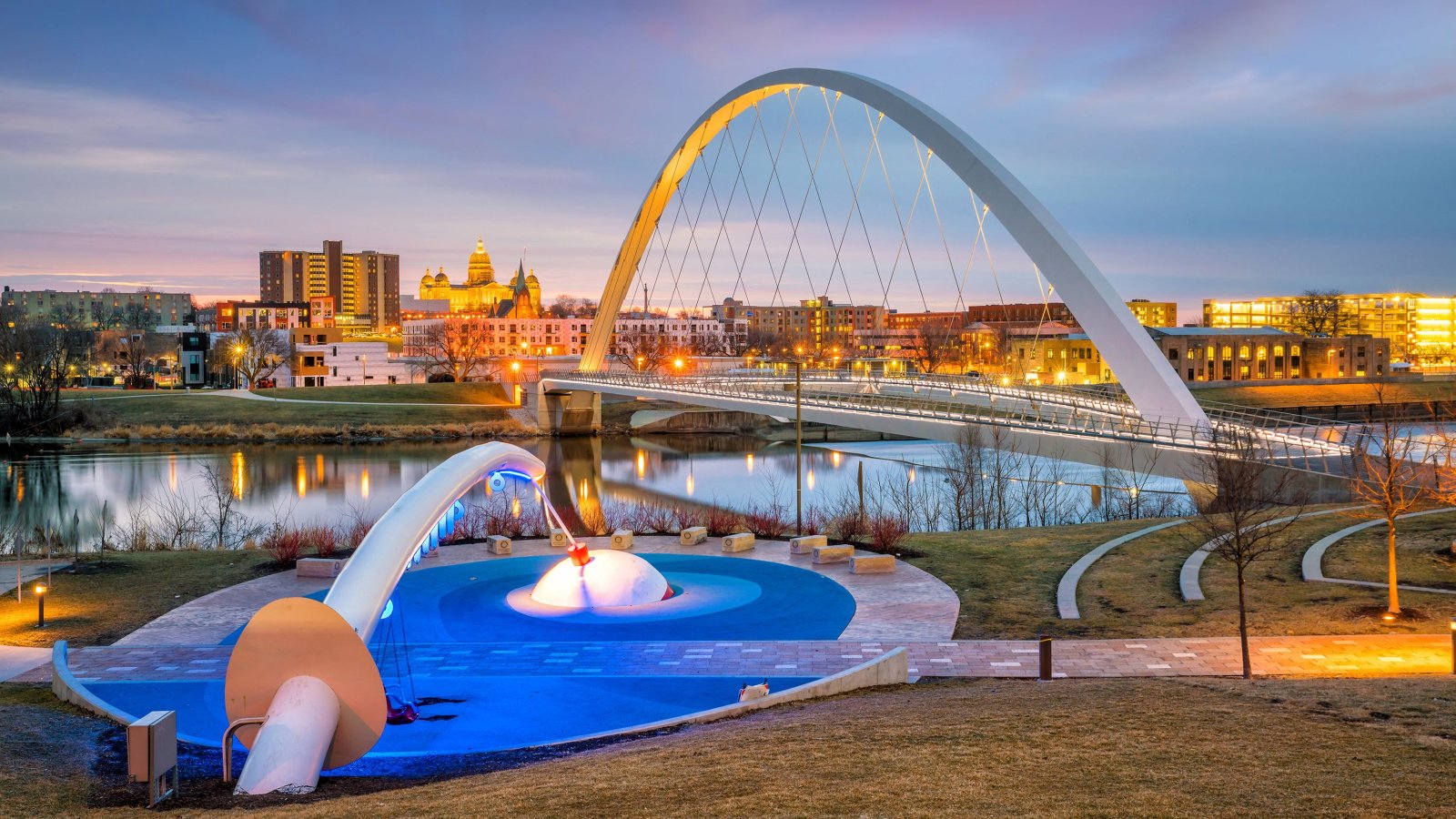
Iowa has seen a sharp decline in the number of small family farms over the past two decades. Large agribusinesses have taken over, pushing out smaller operations. This shift has altered the rural landscape and economy significantly.
Utah
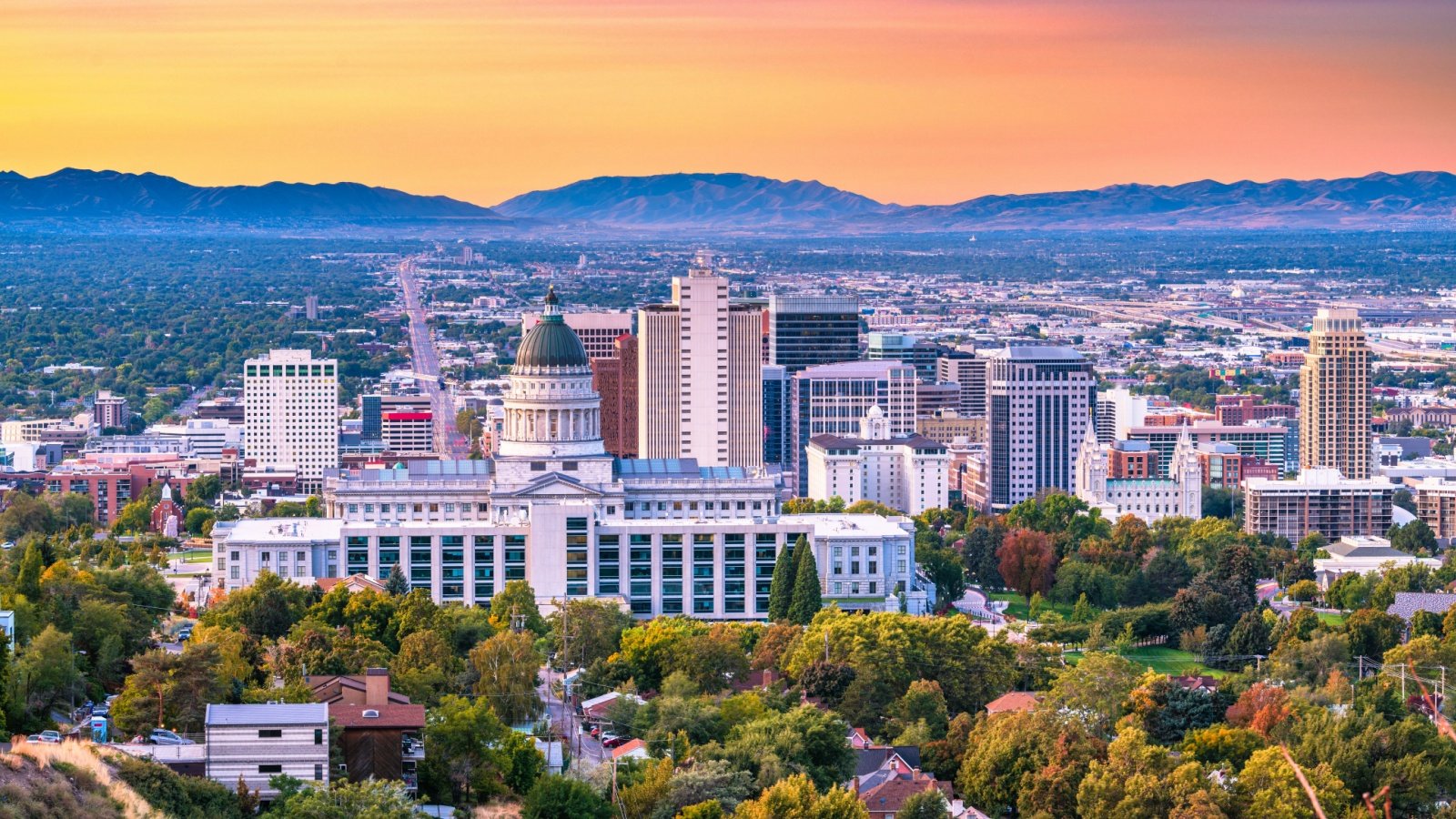
Air quality in Utah has deteriorated, particularly in urban areas like Salt Lake City. Winter inversions trap pollution, leading to dangerous levels of smog. Residents face health risks, and the state struggles to find effective solutions.
Illinois
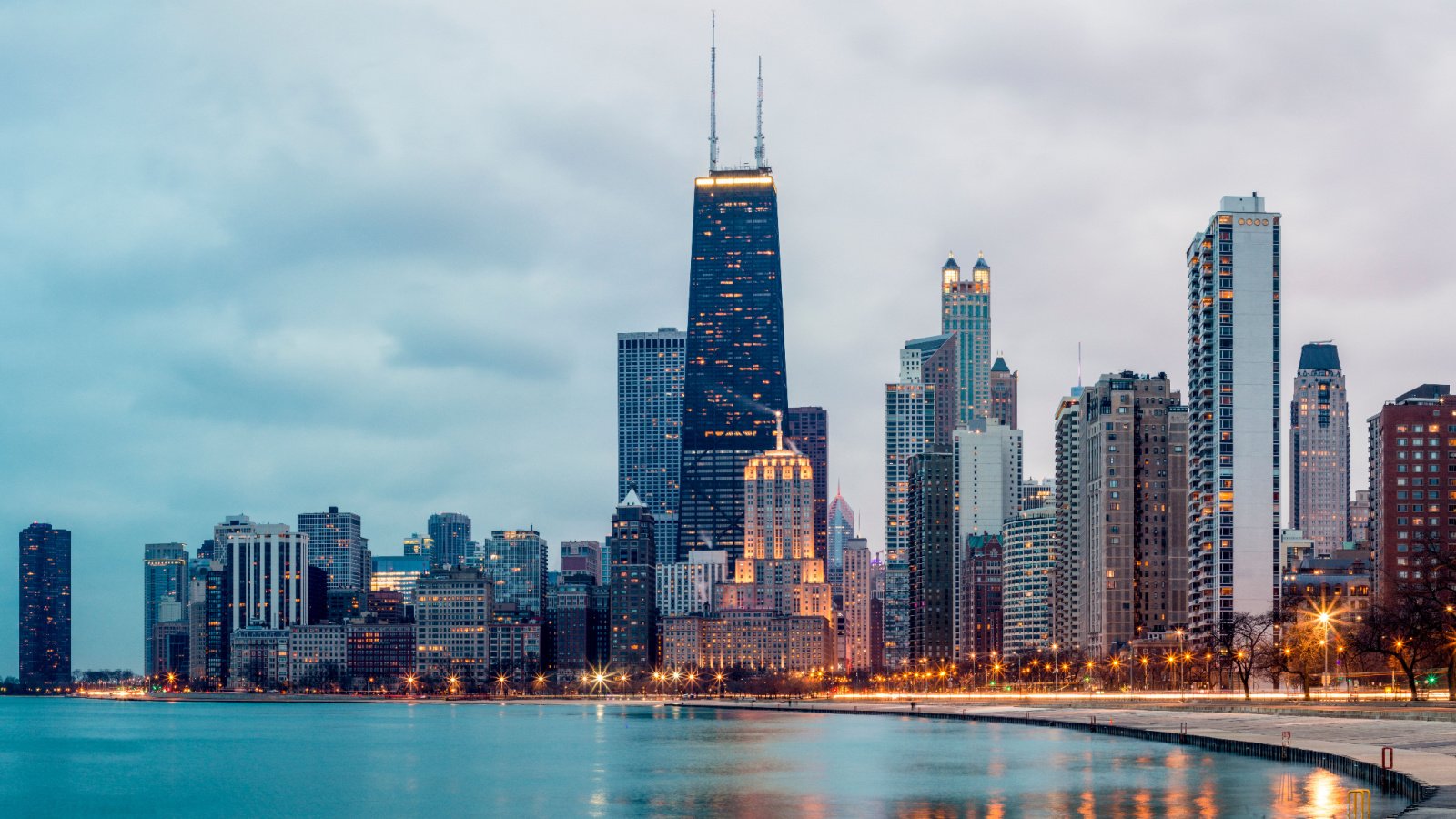
Illinois has grappled with persistent budget deficits and financial mismanagement. The state’s pension liabilities are among the highest in the nation, causing severe fiscal strain. Attempts to balance the budget have often resulted in cuts to essential services.
Nevada
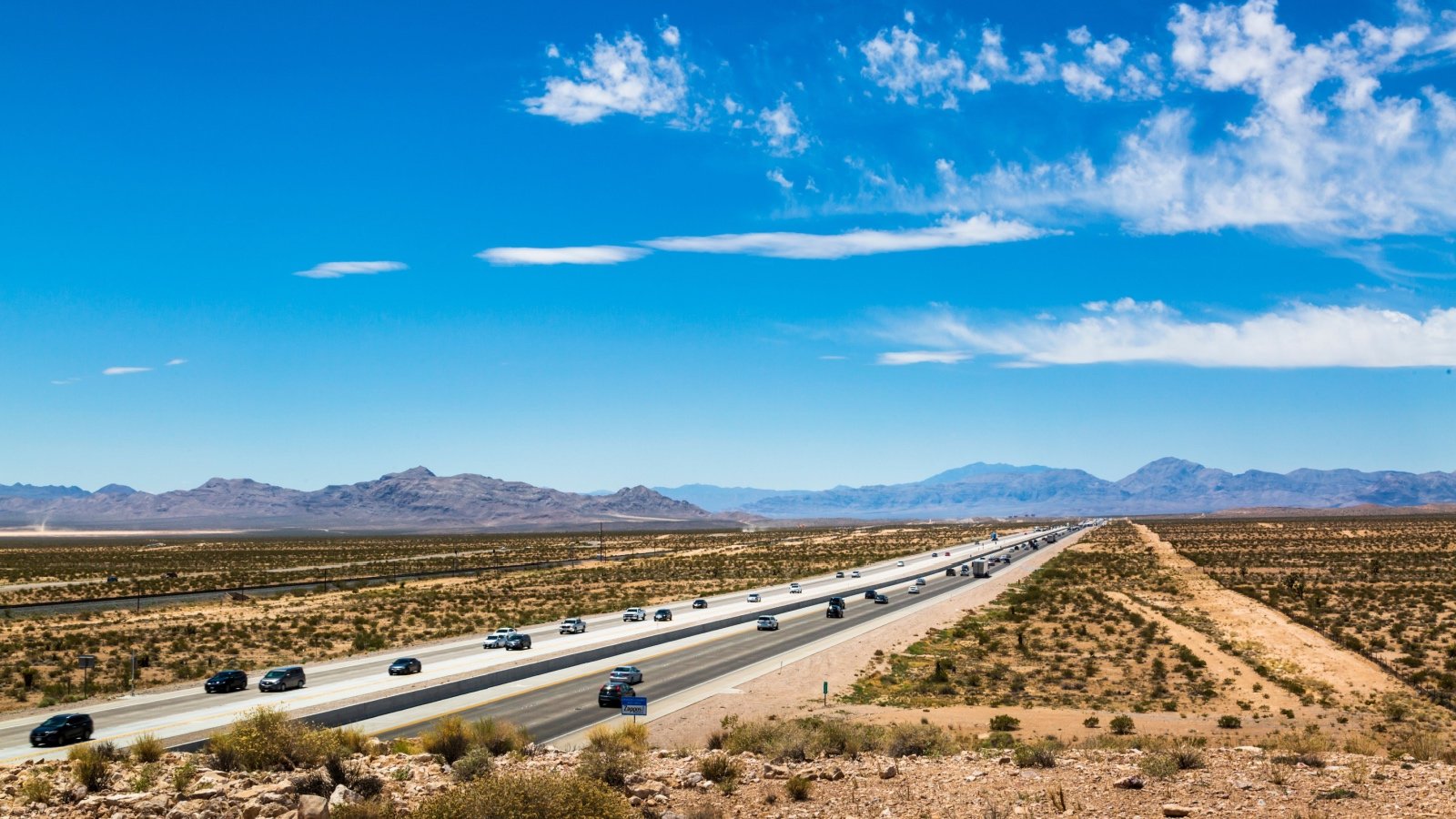
Nevada has experienced severe water shortages, exacerbated by prolonged droughts and overuse of resources. Las Vegas, in particular, faces challenges in securing a sustainable water supply. Conservation efforts are critical but face numerous obstacles.
Arizona
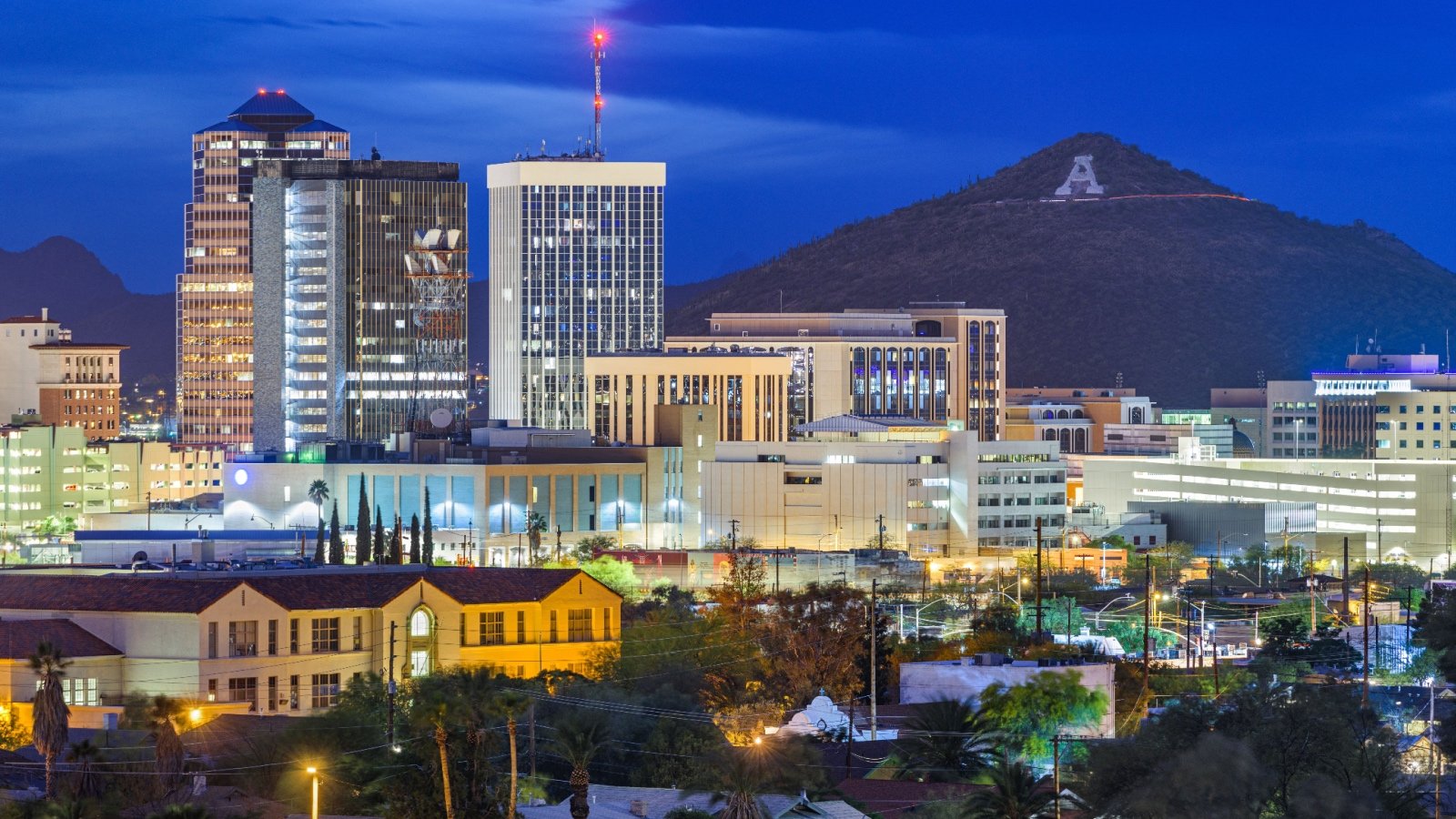
Arizona has struggled with a severe teacher shortage, leading to larger class sizes and reduced educational quality. Low salaries and challenging working conditions contribute to the difficulty in retaining educators. The impact on student performance is a growing concern.
Maryland
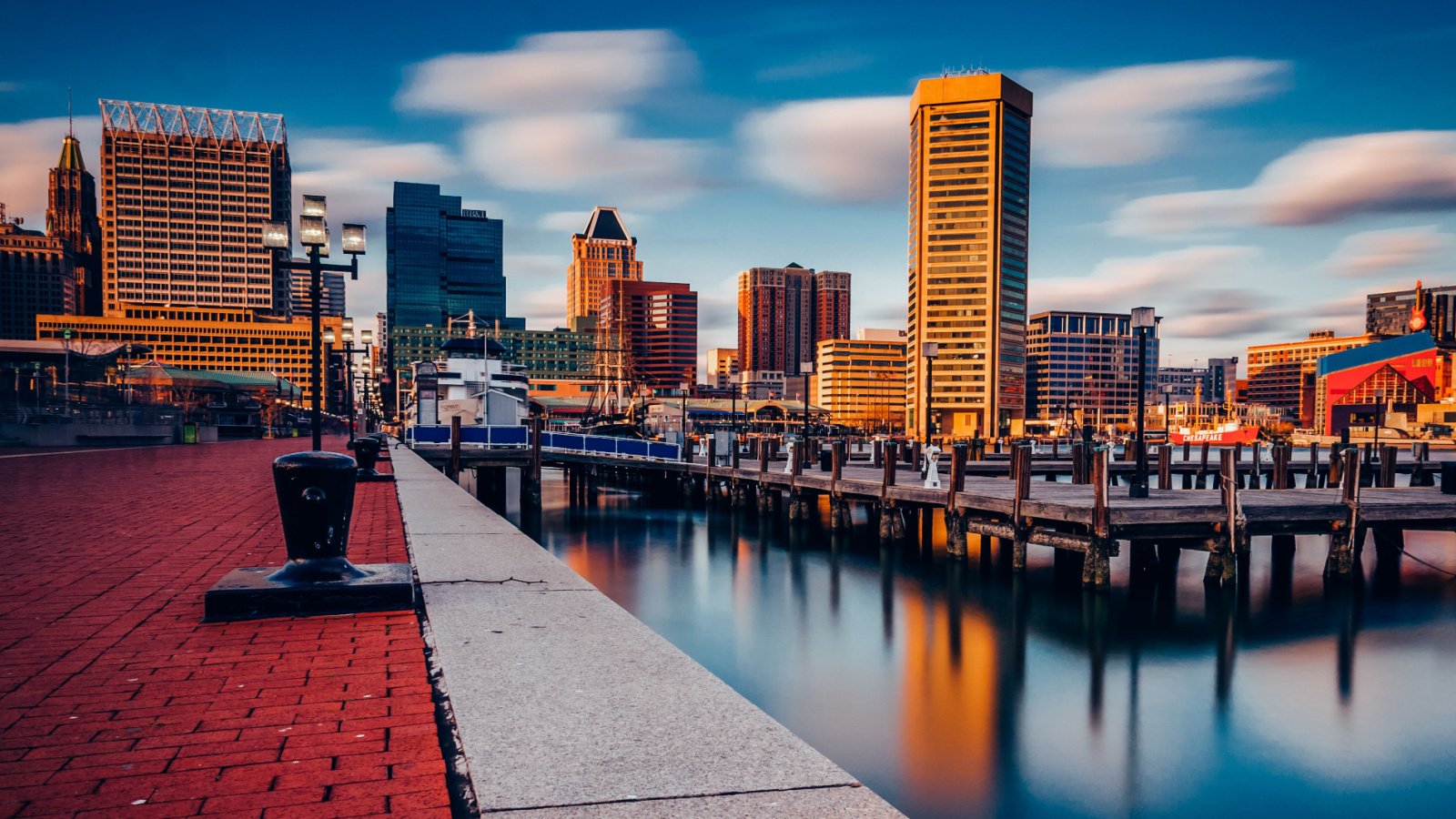
Baltimore has seen a disturbing rise in crime rates, particularly violent crime. Despite various initiatives to improve public safety, progress has been limited. The community continues to seek effective strategies to address this issue.
Vermont
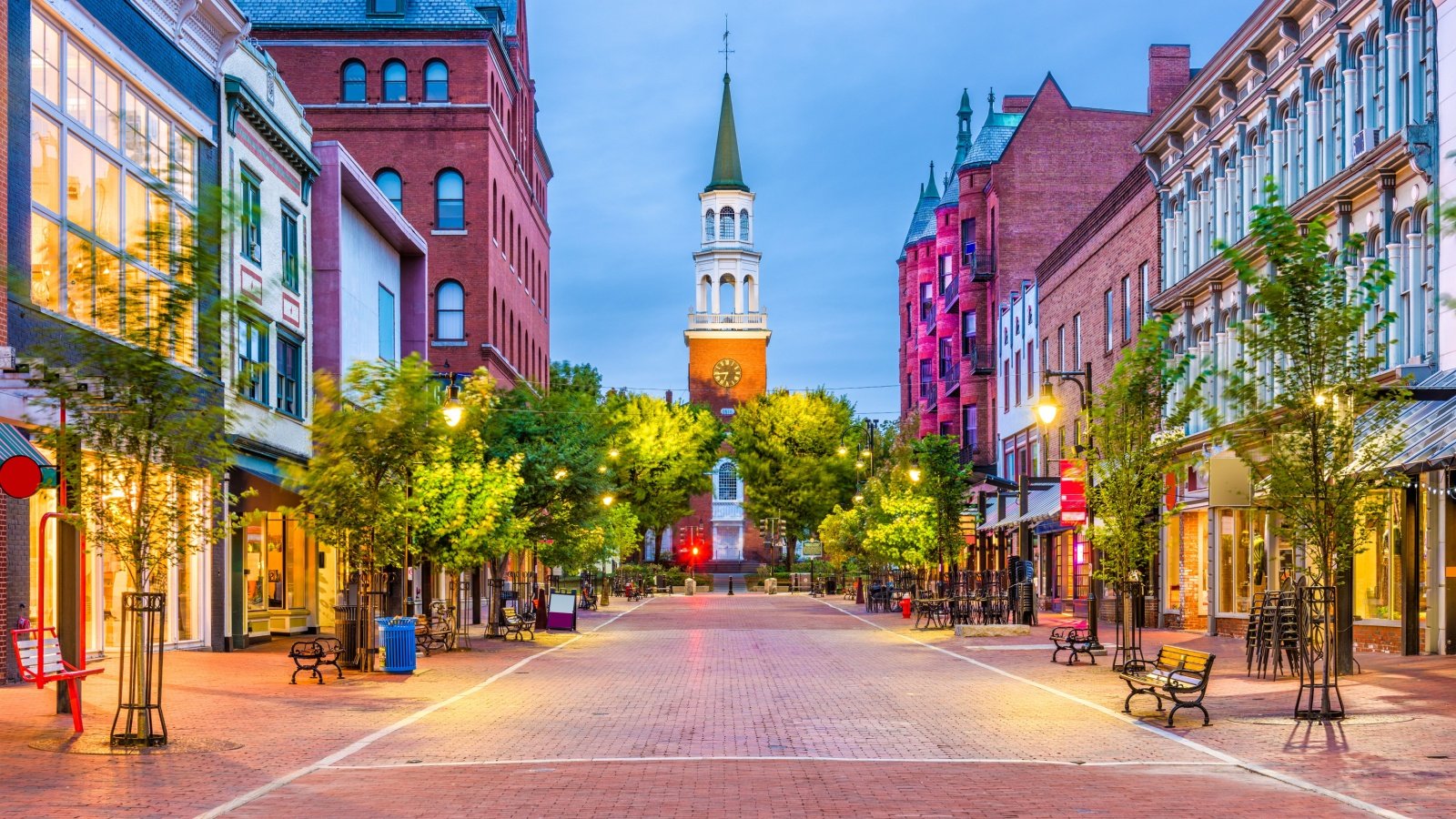
Vermont has experienced a significant decline in birth rates, leading to concerns about future population growth. The aging population poses challenges for the state’s economy and workforce. Efforts to attract young families have had limited success.
Kentucky
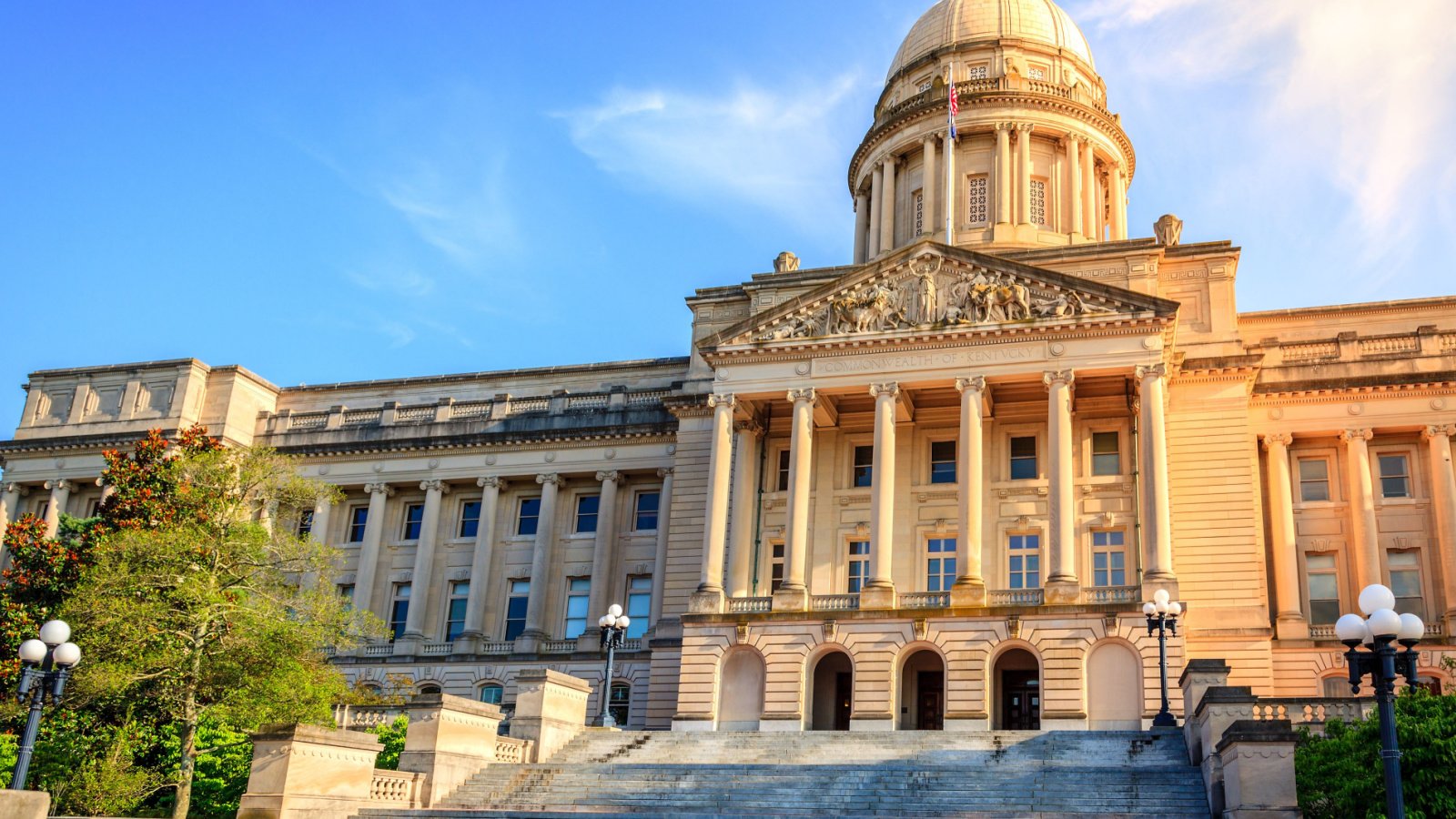
Kentucky has faced economic stagnation, with limited job growth and high poverty rates. The decline in traditional industries like coal has left many communities struggling. Economic diversification efforts have been slow to take hold.



